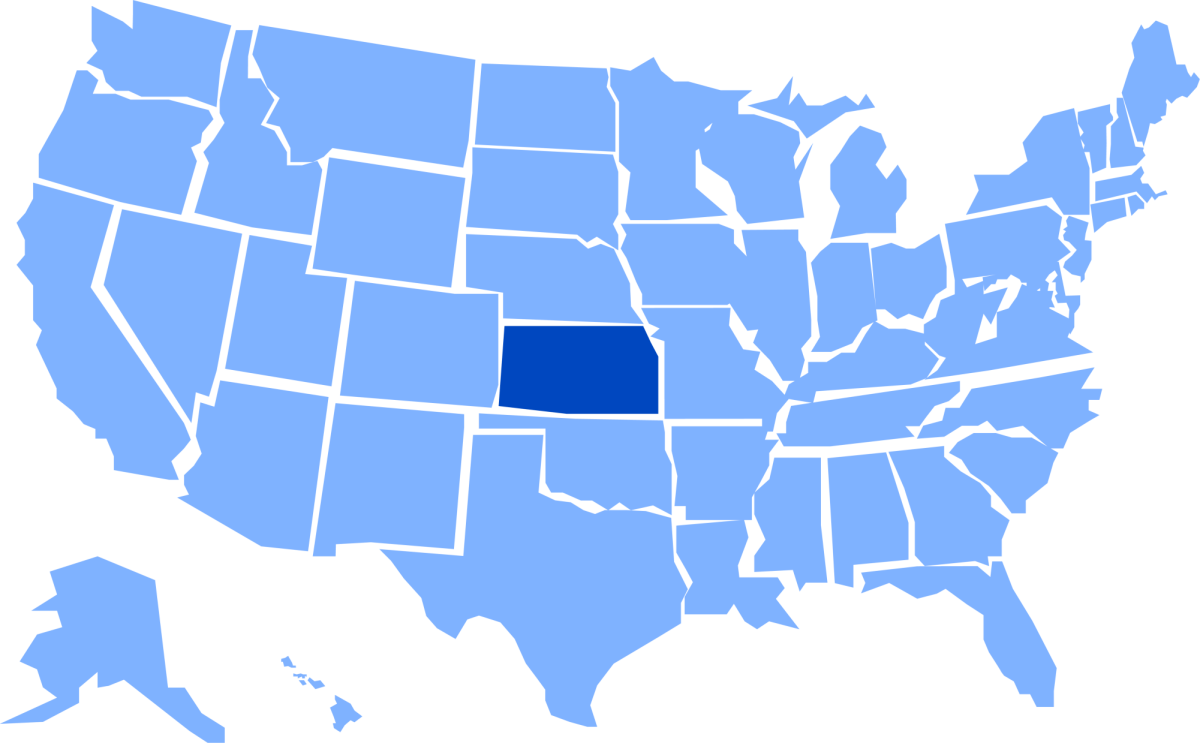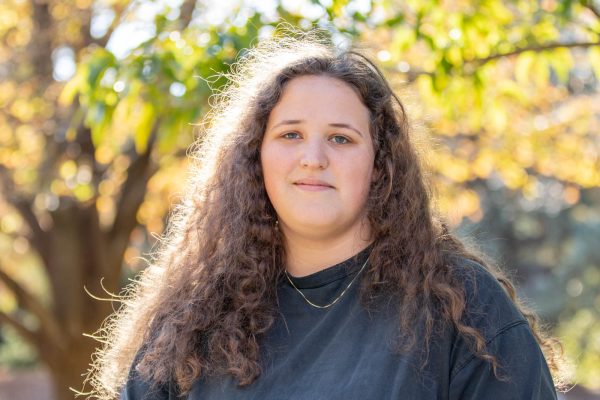In 2026, America commemorates its 250th anniversary, and according to Jay Price, if you’re planning for the semiquincentennial – if you can say it – on Jan. 1, 2026, you’re already behind.
Unlike the bicentennial in 1976, the semiquin will not be marked by parades, fireworks and red-white-and-blue everything. Price, a Wichita State history professor and member of the Kansas Historical Society, said that there are many complexities in commemorating and reconciling the “American” identity.
“There’s this tension between trying to have a unified story and a diverse story,” Price said. “It’s balancing the ‘pluribus’ and the ‘unum.’”
During the 1970s, there was a focus on developing the “unum,” as Price describes it. To do this, there was a nationwide push for speaking English and the development and heavy use of colonial revival architecture.
According to a study by the U.S. Census Bureau, languages other than English spoken at home are on the rise, increasing from 1-in-10 households to 1-in-5 households between 1980 and 2019.
In 2020, immigrants accounted for 13.7% of the U.S. population, over triple the percentage in 1970.
Not only will 2026 signify 250 years since the ratification of the Declaration of Independence, but it will also mark the 25th anniversary of 9/11 and come in the wake of the 2024 presidential election.
Price said that Kansas is already behind in planning compared to some other states that have a clear theme, direction and branding for their celebrations.
“There’s no one template that any state is using,” Price said. “(Kansas is) a bit more of a committee, and I think we’re still trying to figure out what that is exactly.”
The American Association for State and Local History is providing guidance and themes for how states can tackle the semiquin.
Price said that some states, like Ohio, are taking a state-pride approach that is looking to identify their own voice in the American landscape. Others, particularly the coastal states, plan to reflect on their relationship with the Revolutionary War, sans muskets.
As for Kansas, there is no definitive plan as of yet and the committee wants to hear from Kansans about how the semiquin should look.
“Be aware of it,” Price said. “If you were writing the text, what would it look like to you?”
While the Kansas Historical Society and the Kansas Semiquincentennial Commission do not have a direct channel of outreach yet, Jay Price can be reached at [email protected] with any comments or questions.




